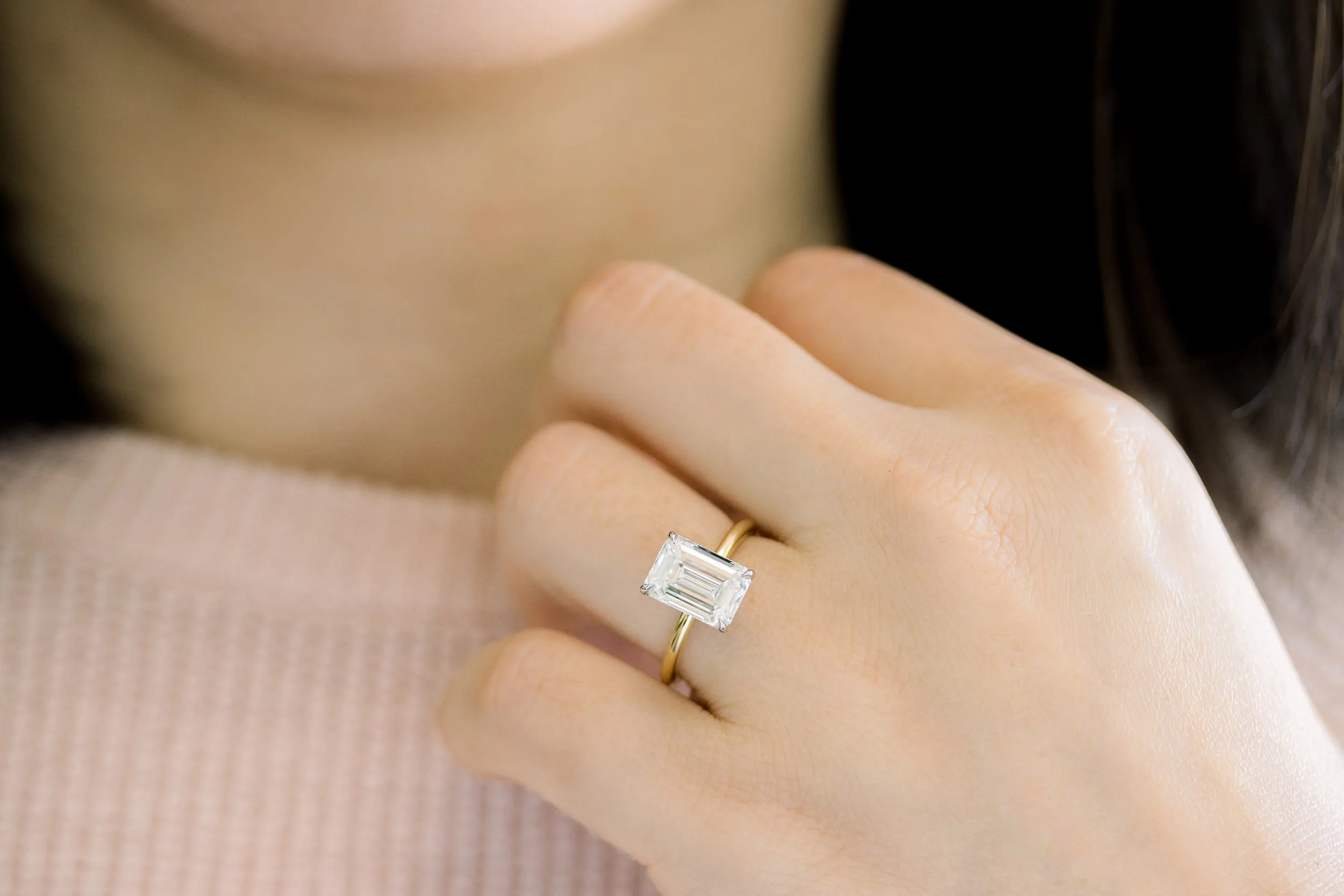Lab-grown diamonds have revolutionized the jewelry industry, offering consumers an ethical, sustainable, and often more affordable alternative to natural diamonds. But what sets these gems apart isn’t just their origin; it’s the meticulous process of cutting that enhances their brilliance and beauty. In this article, we’ll delve into the world of lab-grown diamond cutting, exploring the precision, innovation, and artistry behind these dazzling gems.
Table of Contents
Introduction to Lab-Grown Diamonds
What are Lab-Grown Diamonds?
Lab-grown diamonds, also known as synthetic or cultured diamonds, are created in controlled environments that mimic the natural conditions under which diamonds form in the Earth’s crust. These diamonds have the same chemical composition, crystal structure, and optical properties as natural diamonds, making them indistinguishable to the naked eye.
Brief History of Lab-Grown Diamonds
Lab-grown diamonds have been around since the 1950s when scientists first discovered a method to replicate the natural diamond-growing process in a laboratory setting. Since then, advancements in technology have made it possible to produce high-quality diamonds that rival their natural counterparts.
The Cutting Process: Precision and Expertise
Importance of Cutting in Diamond Quality
The cutting process is crucial in determining the brilliance, fire, and overall beauty of a diamond. Even the most flawless diamond rough requires expert cutting to unlock its full potential and maximize its value.
Traditional vs. Lab-Grown Diamond Cutting
While the principles of diamond cutting remain the same, there are some key differences between cutting natural and lab grown diamonsds cut. Lab-grown diamonds often undergo more precise cutting techniques due to their consistent quality and lack of natural flaws.
Advantages of Lab-Grown Diamond Cutting
Precision and Consistency
Lab-grown diamonds offer unparalleled precision and consistency in cutting, thanks to advanced technology and quality control measures. Each diamond can be cut to exacting proportions, ensuring optimal light performance and symmetry.
Sustainable Practices
Unlike traditional diamond mining, which has significant environmental and social impacts, lab grown diamonsds cut is a more sustainable and ethical practice. By choosing lab-grown diamonds, consumers can enjoy beautiful jewelry without contributing to environmental degradation or human rights abuses.
Types of Cuts in Lab-Grown Diamonds
Lab-grown diamonds come in a variety of cuts, each with its own unique characteristics and appeal. Some of the most popular cuts include:
Round Cut
The round cut is the most classic and timeless of all diamond cuts, known for its brilliant sparkle and versatility.
Princess Cut
The princess cut features a square or rectangular shape with pointed corners, offering a modern yet elegant look.
Emerald Cut
The emerald cut is characterized by its long, lab grown diamonds, rectangular shape and stepped facets, giving it a sophisticated and vintage-inspired appearance.
Asscher Cut
Similar to the emerald cut but with a square shape, the asscher cut is prized for its Art Deco charm and exceptional clarity.
Innovations in Cutting Techniques
Laser Cutting
Laser cutting technology allows for precise shaping and faceting of lab-grown diamonds, resulting in impeccable symmetry and polish.
Computer-Aided Design (CAD)
CAD software enables designers to create intricate diamond cuts with unmatched precision, pushing the boundaries of creativity and craftsmanship.
3D Printing
Emerging technologies like 3D printing are revolutionizing the diamond cutting process, allowing for faster production and greater customization options.
The Art of Faceting: Enhancing Brilliance
Facet Arrangement for Maximum Sparkle
The arrangement of facets on a diamond’s surface plays a critical role in maximizing its brilliance and fire. Expert cutters meticulously plan and execute facet placement to achieve the desired optical effects.
Role of Symmetry in Faceting
Symmetry is essential in diamond cutting, ensuring that each facet reflects light evenly and harmoniously. Diamonds with excellent symmetry exhibit superior sparkle and visual appeal.
Quality Control Measures
Automated Inspection Systems
Advanced imaging technology and automated inspection systems are used to assess the quality of lab-grown diamonds at every stage of the cutting process, ensuring consistency and precision.
Human Expertise in Final Inspection
While technology plays a significant role in quality control, human expertise remains invaluable in the final inspection of lab-grown diamonds. Experienced gemologists meticulously evaluate each diamond to ensure it meets the highest standards of excellence.
Ensuring Ethical Practices
Conflict-Free Sourcing
Lab-grown diamonds are inherently conflict-free, as they are produced in controlled laboratory environments without the involvement of mining operations in war-torn regions.
Transparency in Supply Chain
Transparency is essential in the lab-grown diamond industry, with many companies providing detailed information about the origin and production process of their diamonds. This commitment to transparency gives consumers peace of mind knowing they are making an ethical and informed choice.
Consumer Benefits of Lab-Grown Diamond Cutting
Affordability without Sacrificing Quality
One of the most significant advantages of lab-grown diamonds is their affordability compared to natural diamonds. With lab-grown diamonds, consumers can enjoy the beauty and brilliance of a diamond without breaking the bank.
Customization Options
Lab-grown diamonds offer endless customization options, allowing consumers to create unique and personalized pieces of jewelry that reflect their style and personality.
Addressing Common Misconceptions
Durability and Longevity
Contrary to popular belief, lab-grown diamonds are just as durable and long-lasting as natural diamonds. Both types of diamonds are composed of carbon atoms arranged in a crystal lattice structure, making them equally resistant to scratching and chipping.
Value and Resale Potential
While natural diamonds may hold sentimental or historical value, lab-grown diamonds offer excellent value for money and can be resold or repurposed like any other diamond.


![Solution [pii_email_e7ab94772079efbbcb25] Outlook Error Solved Solution [pii_email_e7ab94772079efbbcb25] Outlook Error Solved](https://britfox.com/wp-content/uploads/2020/12/Solution-pii_email_e7ab94772079efbbcb25-Outlook-Error-Solved-445x265.png)

